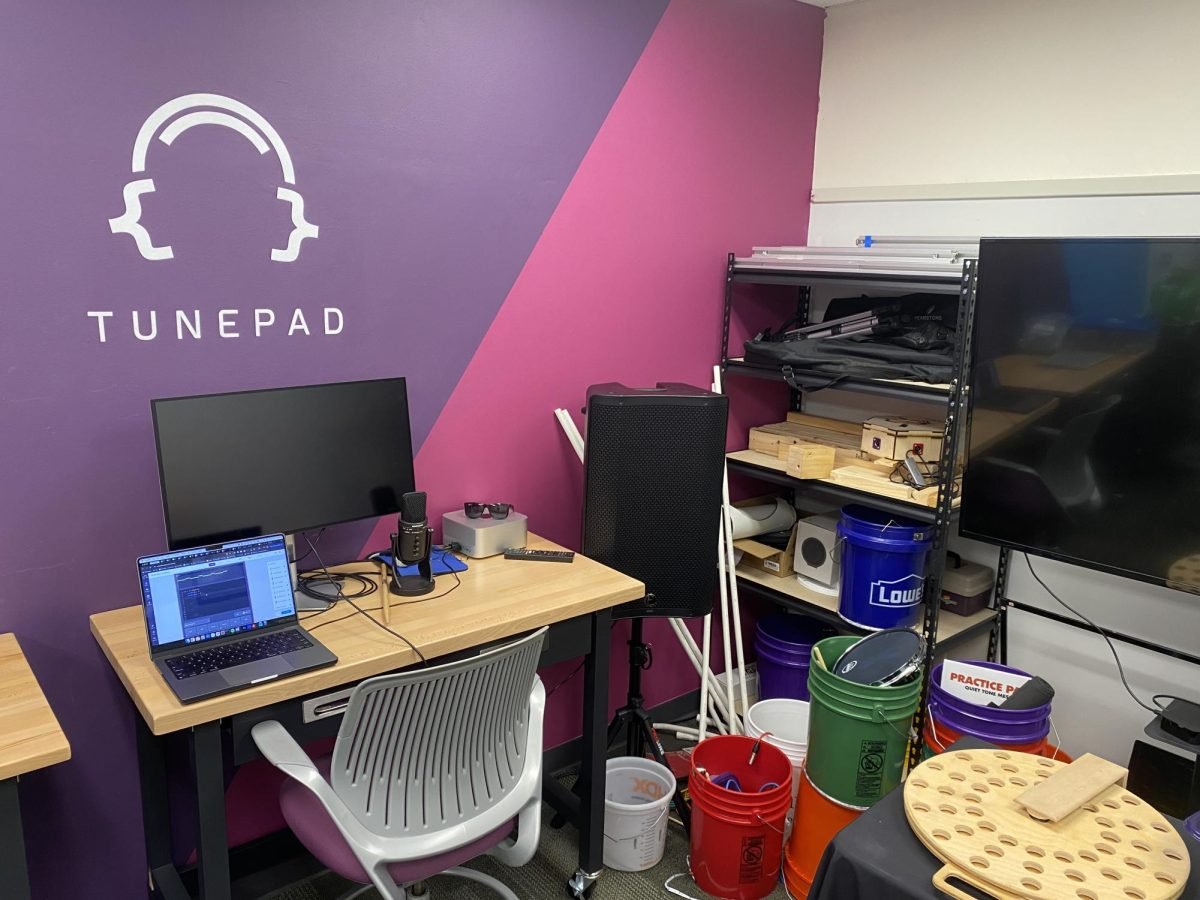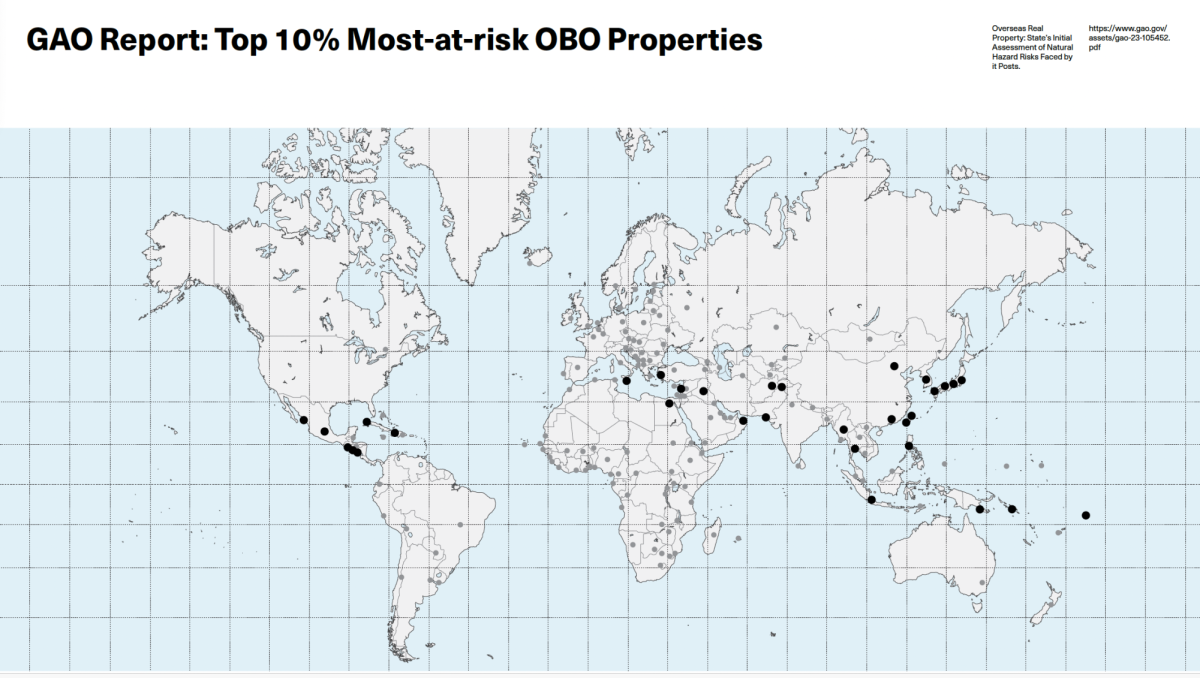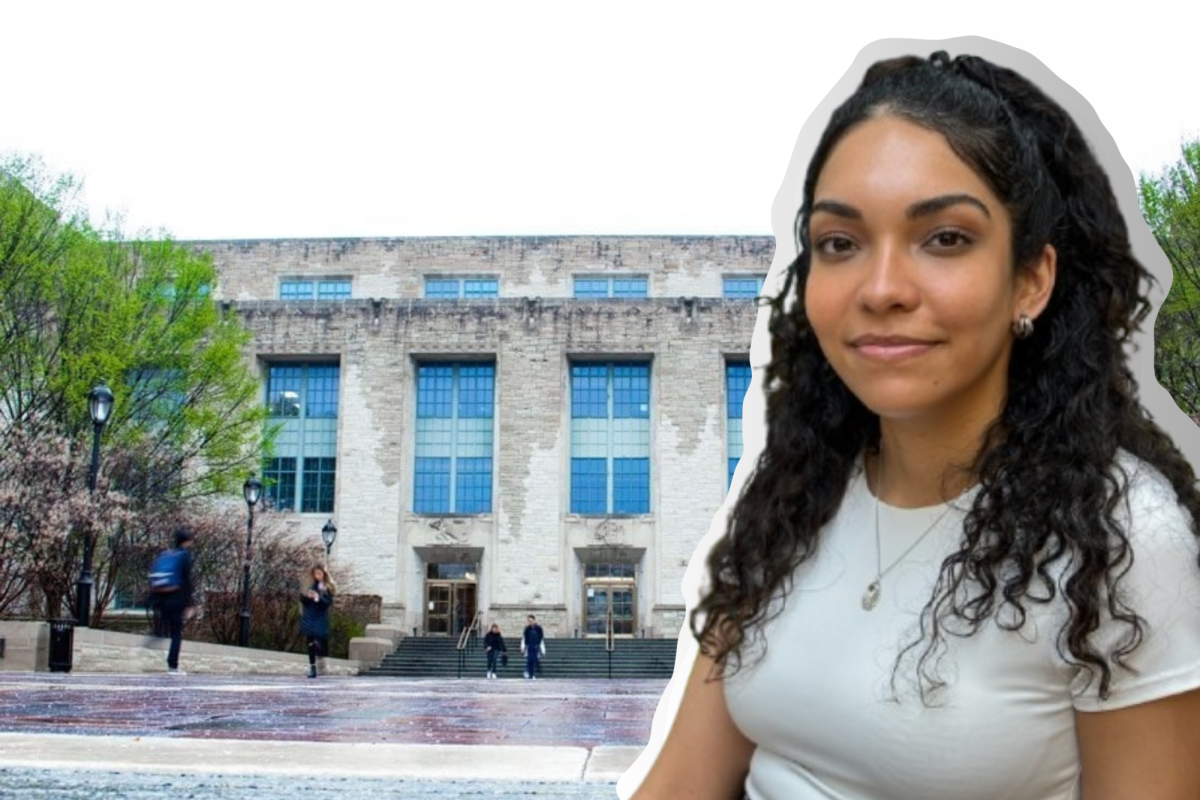Ten years ago a third-grade Chance Carter sat at a desk in Dr. Bessie Rhodes Magnet School, bored.
Carter and his friends raced to finish their math quizzes and made the highest grades in their class. But he didn’t care very much. He did well, but had little interest in doing more, he said, until the day he was pulled aside after school and asked if he wanted to do some real math.
Teachers had spotted something in Carter that transcended his general apathy toward school: talent. They targeted him for the inaugural class of Northwestern’s School of Education and Social Policy’s Project EXCITE.
Carter, now a freshman psychology major and member of the NU football team, was one of about 20 students selected for advanced math and science classes at Evanston Township High School through the project, run by SESP’s Center for Talent Development.
“We couldn’t wait for every Tuesday to go and do something actually interesting,” he said.
A decade later, Carter was one of 14 high school graduates in 2010 to have completed Project EXCITE and the only one to matriculate to NU this fall.
The program was founded with a mission to increase the number of minority students enrolled in high school honors and AP courses, according to Kourtney Cockrell, coordinator for Project EXCITE.
Since Carter and the inaugural class began in 2000, 74 students have gone through Project EXCITE, which lasts from third to eighth grade.
“Our secondary goal is to now see them go off and be successful in college,” Cockrell said.
Project EXCITE, though it pre-dates the recently-established Good Neighbor Great University scholarship initiative, is an effort at furthering the same principles and closing the achievement gap in local schools, said Celeste Watkins-Hayes, an associate professor of sociology and African American studies. Watkins-Hayes specializes in the study of urban and social poverty.
At area schools where more than half of the students identify as minorities but where honors and AP classes skew disproportionately white, NU has an obligation to step in, Watkins-Hayes said. An example is ETHS – 40 percent of the students are black and another 15 percent are either Hispanic or Asian.
“We’re at a school with great wealth and resources, but Evanston has a segment of students falling behind,” she said. “It would be a shame to keep those resources on one side of the city.”
On Monday night, Carter towered over a table in the Norris University Center Starbucks, clad in a black hooded sweatshirt and Adidas track pants, his seated legs stretching the entire length of the table. The currently injured defensive end has plenty of reading to keep him busy in his first quarter at NU – he’s taking classes in music, history, classics and psychology this quarter.
To say he is new to NU, though, would be misleading. Carter spent Saturday mornings in sixth grade taking classes on campus, something he said he detested at the time because it meant missing basketball games.
He credited his mother, Abigail Johnson, with making sure he got there, even when he would have rather played sports. She was a stickler for getting a good education, he said.
She motivated him to succeed in less deliberate ways as well, he said. Around the time that Carter began Project EXCITE, his mother decided to go back to school to become a registered nurse.
When he talks about missing basketball and passing his Saturdays and summers with CTD, there is still a trace of childhood indignation in his resonant voice.
Parent engagement is the one issue Project EXCITE struggles the most with, Cockrell said. The program works with Evanston/Skokie School District 65 and Evanston Township High School. Without the knowledge to navigate the school system, many parents are unable to properly advocate for their students, she said.
Carter went to attend Loyola Academy, a private school in Wilmette. However, because he branched off, he said he was “penalized.” His involvement with Project EXCITE waned and he lost track of most of the other students he had met through it.
When they all did get back together for a graduation dinner last year, Carter said he was impressed by everyone’s accomplishments. Some of the colleges and universities they were going on to included Illinois Wesleyan University, Marquette University, Illinois State University and the University of Illinois at Chicago.
What Carter said struck him was not only the opportunity Project EXCITE gave him, but how far behind other students he had known before were now.
He was drawn into the program in third grade, but by fourth grade African-American and Latino students are, on average, three years behind their white peers, according to the Education Equality Project.
They were largely unaware, however, that they were behind at all, he said.
The achievement gap had grown so wide that minority students could no longer see what waited on the other side.
“I don’t think they really knew what they were missing until we came back and told them,” Carter said.






